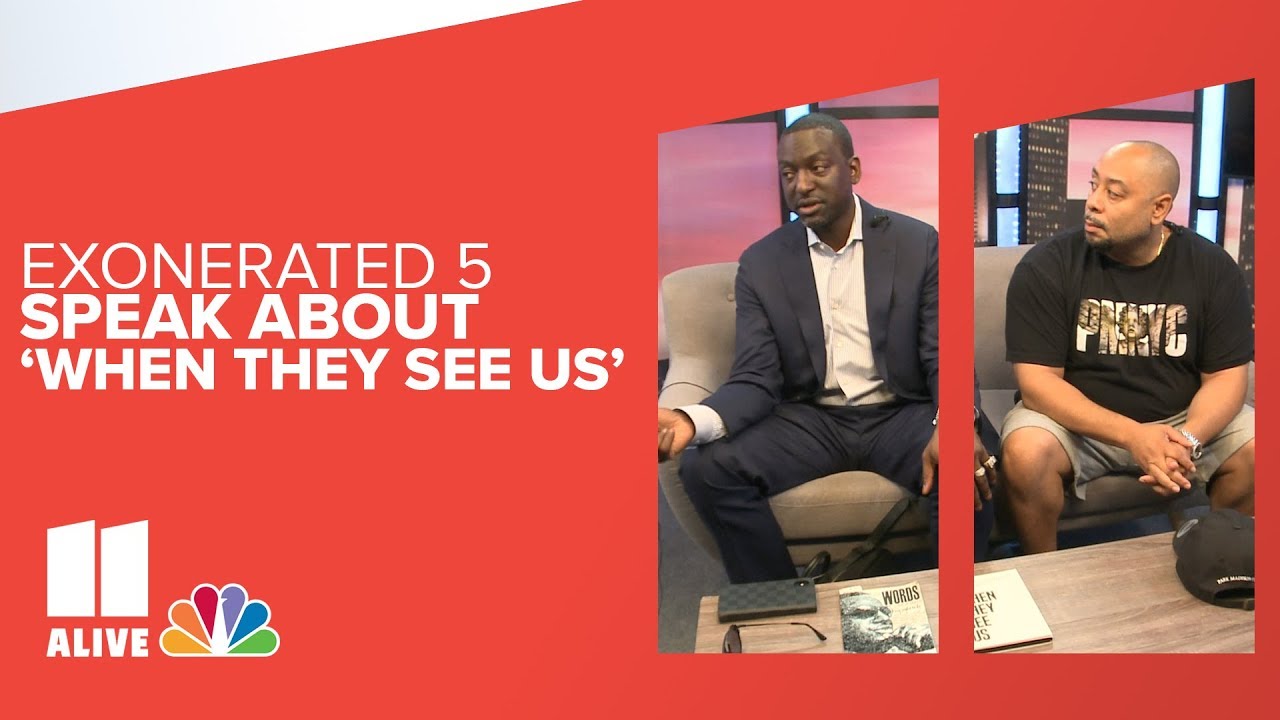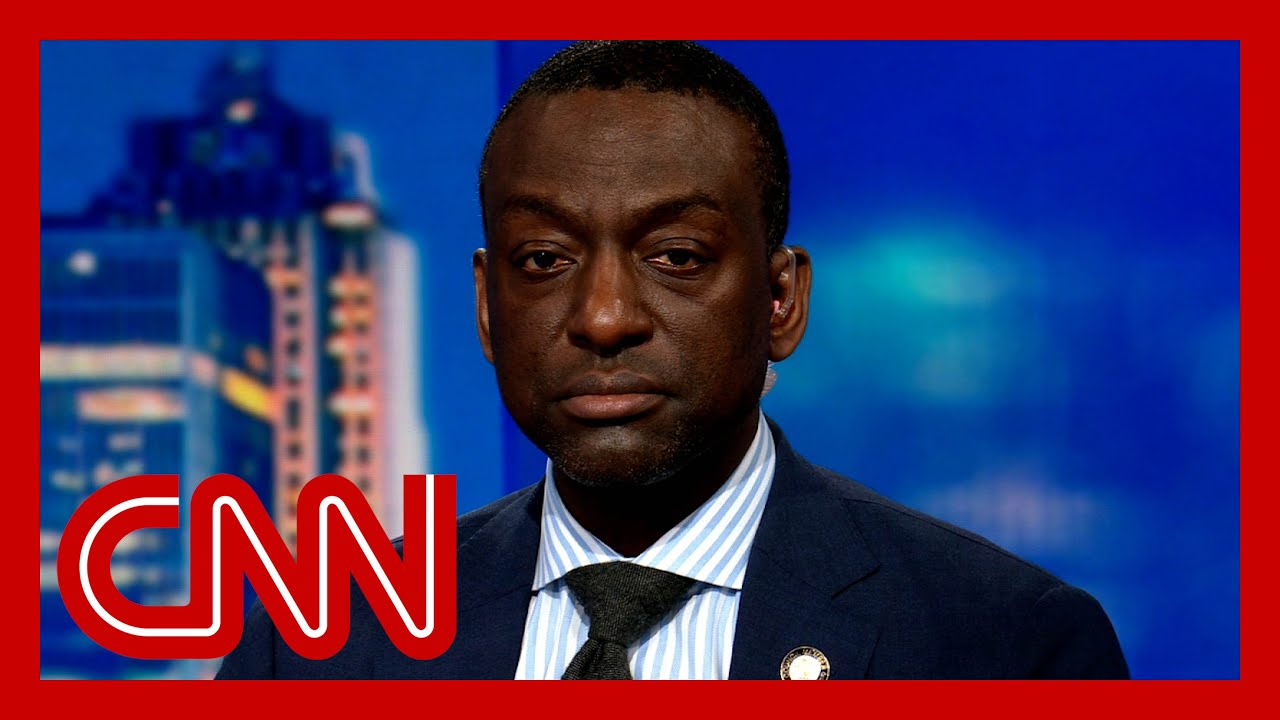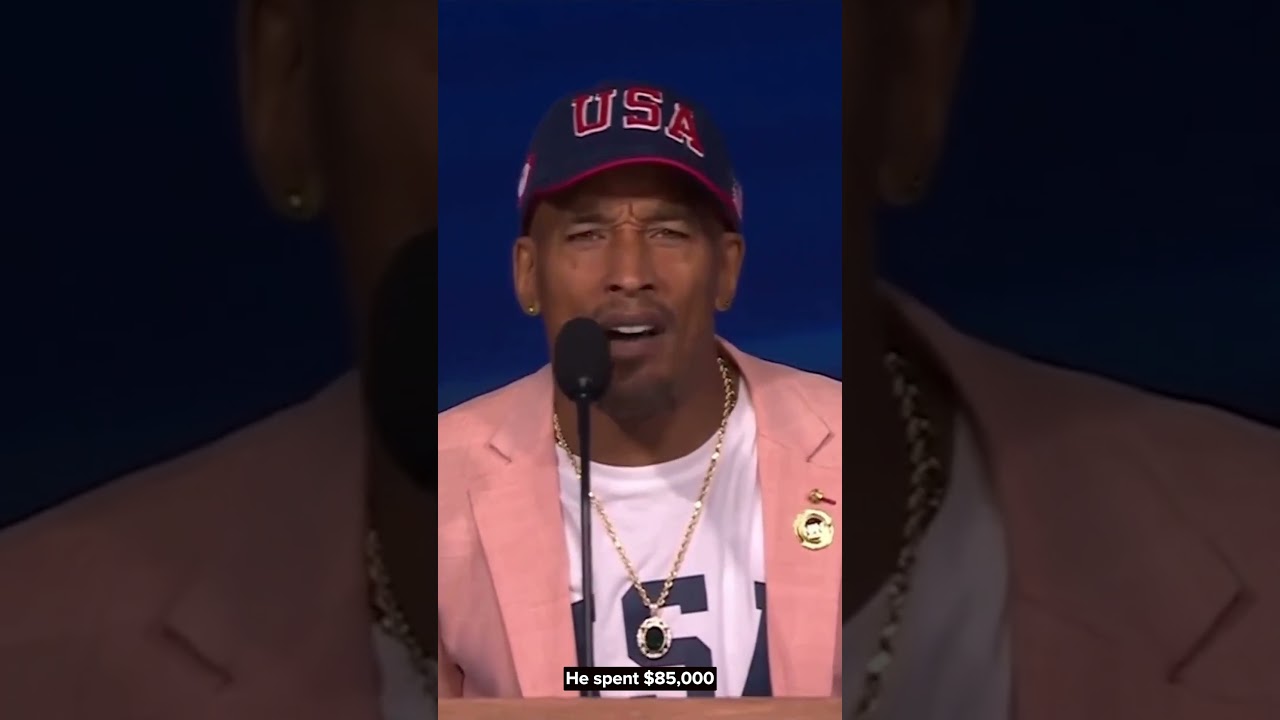The Central Park 5: A Case Study of Miscarriage of Justice
The Central Park 5 case remains one of the most notorious instances of wrongful conviction in American history. In 1989, five Black and Latino teenagers—Kevin Richardson, Raymond Santana, Antron McCray, Yusef Salaam, and Korey Wise—were wrongfully accused and convicted of a brutal crime against a jogger in Central Park. This blunder wasn’t just an isolated mistake; it was the product of a justice system riddled with systemic failures and societal biases.
Police interrogations, often coercive, led the five teens into false confessions that would haunt them for years. As you dive deeper into their narrative, you realize this wasn’t just about a crime but about how deeply embedded prejudice shapes the justice system. Media frenzy and public outcry only heightened the stakes, pigeonholing these young men as criminals before they had their day in court. Their fight against wrongful charges over the years reveals stark realities about race, class, and the American judicial system.
The long, winding journey didn’t end with prison. After years, the truth finally came to light, leading to their exoneration in 2002. Proving how fragile justice can be, the Central Park 5 story exemplifies the myriad failures that led to their wrongful convictions. The media narrative, which focused on their alleged guilt, stands in stark contrast to the rich lives they lived before the tragedy unfolded. It’s a haunting reminder of how quickly societal biases can warp justice.

Unpacking the Stories: The Central Park 5 Share Their Experiences
Personal Narratives of Struggle and Resilience
Getting into the personal stories of the Central Park 5 offers a heart-wrenching glimpse into resilience amid adversity. Each man has a unique life story that enriches our understanding of their collective ordeal. Take Raymond Santana, for example. He often reflects on the overwhelming hopelessness he felt during his time in prison. Despite the physical barriers, his spirit remained unbroken, echoing the weight of not just his imprisonment but the loss of youth and dreams.
Then you’ve got Yusef Salaam, who transformed his experiences into a vehicle for change. Today, his fight for social justice inspires countless audiences. He articulates not just the pain of wrongful conviction, but also the profound impact such injustices have on families and communities, shining a light on the emotional toll of the entire ordeal. When he speaks, it’s not just words; it’s a clarion call for systemic reform.
Their experiences did more than just scar them; they became a catalyst for advocacy, shaping their identities. It’s crucial to recognize how these narratives ripple out into the wider struggle against wrongful convictions. They’ve taken their trauma and turned it into a powerful force, influencing how society engages with racial bias and social injustice.
Turning Trauma into Advocacy
The metamorphosis from victim to advocate is nothing short of inspiring. The Central Park 5 didn’t let their painful past define them. Instead, they leveraged their stories, actively participating in movements aimed at preventing future injustices. They often appear at forums and educational events, working tirelessly to educate others about the flaws within the justice system.
Their advocacy work currently encompasses not just lectures, but real initiatives aimed at turning the tide of systemic racism. By channeling their traumatic experiences into a unifying voice, they aim to prevent similar circumstances from repeating. Their journey illustrates the resilience of the human spirit, showing how dark moments can forge leaders who challenge the status quo.
In a world where narratives can be twisted, they stand as testament to the power of truth. It opens doors for dialogue, allowing others to learn from their experiences. The commitment of the Central Park 5 to social justice is a heartening reminder that light can emerge from even the darkest of places.
The Cultural Impact: From the Central Park 5 to Pop Culture References
As the saga of the Central Park 5 gained traction, it transcended their individual plight, weaving into the fabric of American culture. Their story has sparked discussions across various platforms, shedding light on systemic injustices faced by marginalized groups. It’s fascinating when you consider how their experiences have parallels in the realms of pop culture—think Brooklyn Beckham, who, despite his privileged background, engages in social issues through social media.
From documentaries like “When They See Us” directed by Ava DuVernay to countless features that explore their narrative, the Central Park 5 have been instrumental in changing perspectives on race and justice. They serve as a reminder that pop culture can be a powerful catalyst for change. It evokes deeper social consciousness, urging audiences to confront uncomfortable truths.
This cultural legacy offers a richer understanding of America’s racial politics. It challenges viewers to engage with history while also drawing on contemporary examples, like the struggles seen in diverse communities, from Sleepy Hollow to Palo Alto. Their portrayal is a powerful narrative that urges character depth and emotional connection through honest storytelling.

Comparative Analysis: The Central Park 5 and Other Prominent Miscarriages of Justice
Spotlight on Similar Cases
The Central Park 5 story doesn’t exist in a vacuum. When you analyze wrongful convictions, this tale stands in stark contrast against others like the West Memphis Three, whose narrative gained notoriety through media coverage that highlighted their wrongful charges linked to a crime they didn’t commit. Both cases invite the public to reflect on the systemic failings that allowed these miscarriages of justice to flourish.
Another tale that echoes the Central Park 5 is that of Adnan Syed, whose case captured the imagination of podcast listeners everywhere. Spending over two decades in prison for a crime he didn’t commit, Syed’s plight resonates with the same frustrations as those faced by the Central Park 5: the errors, the misjudgments, and the raw injustice.
These stories cumulatively illustrate a flawed justice system that continues to falter. They urge society to take a hard look at its approach to criminal justice, showcasing the importance of reform in actions and thoughts, both past and present.
Reflections Beyond New York: Social Implications from Palo Alto to Sleepy Hollow
The Geographic Spread of Injustice
The Central Park 5 saga serves as a lens to examine how issues of justice transcend geographical barriers. From affluent areas like Palo Alto to the sleepy streets of Sleepy Hollow, communities across the United States encounter their forms of systemic injustice. These issues manifest in diverse ways, reminding society that injustice isn’t confined by zip codes; it permeates every aspect of the judicial system.
This broader perspective allows us to examine varying legal frameworks across states, showcasing how disparities surface in communities regardless of socioeconomic backgrounds. The complexities of the legal system highlight a troubling trend—an uneven playing field often swayed by race or economic status.
Through the stories of the Central Park 5, we see a pressing need for vigilance against injustice. Recognizing these social implications paints a clearer picture of shared struggles and the collective fight for equality, illustrating that everyone’s voice matters in the quest for justice.
Cultural Tales and Aspirations: Bridging the Gap from Jersey Shore to Linkin Park
The narrative of the Central Park 5 resonates even in seemingly disparate lives—think of the flashy Jersey Shore lifestyle juxtaposed against the raw, emotional lyrics of Linkin Park. Both cultural representations reflect authenticity and a yearning for deeper connection, revealing universal themes of struggle and triumph. They tie into the same thread of resilience as those of the Central Park 5.
While the “Jersey Shore” crowd seeks fame and validation, they too grapple with the challenges of identity in the public eye. Meanwhile, the poignant messages brought forth by Linkin Park speak directly to the heart, emphasizing the importance of self-expression through adversity. Both narratives share a commitment to confronting emotional truths, paralleling the journey of the Central Park 5.
Their story sparks conversations about legislation and reform, illustrating how avenues for voice and acknowledging injustice can even bloom within popular culture. As art imitates life, the themes of resilience and advocacy resonate universally, continuing to inspire a broader dialogue on social justice.
Reflecting on Justice: A Lasting Legacy
The legacy of the Central Park 5 evolves as they transition from symbols of injustice to powerful advocates for change. Their stories shed light not only on personal trauma but also challenge society’s understanding of race and justice. The necessity for reform resonates strongly within their narratives, reminding us that vigilance against prejudice and systemic bias is paramount.
Their impact has ignited passion and advocacy, inspiring future generations to question injustices actively. The narrative of the Central Park 5 serves as a rallying cry, pushing for accountability in the justice system and acknowledging the resilience of the human spirit. It’s a legacy worth remembering, teaching all of us the importance of empathy and the power of standing up against wrongful convictions.
As we navigate the complexities of justice in today’s world, the Central Park 5 stand as unyielding symbols of hope, urging a collective commitment to pushing for systemic change. So, let’s never forget their story, and let’s illuminate our paths with the torch of resilience they have left behind.
Central Park 5: A Story of Injustice and Resilience
The Untold Background
The Central Park 5 story is a heartbreaking chapter in America’s criminal justice history. In 1989, five Black and Latino teenagers were wrongfully convicted of a brutal crime in New York City’s Central Park. Their ages ranged from just 14 to 16 at the time. The case attracted immense media attention, echoing through the streets of New York—sometimes even for the wrong reasons. As the narrative unfolded, it painted distorted pictures of young boys, reminding many of the expressions of wisdom from thinkers like confucius, who spoke about the importance of justice in a society. The repercussions of their convictions were deeply felt, spiraling into decades of trauma and societal reflection on injustice.
Media Manipulation and Reclamation
The media played a pivotal role in how the Central Park 5 were perceived—often sensationalizing the case. They were described in ways that were meant to incite fear rather than promote understanding. This echoes sentiments found in films like New york , I Love You, which reflects the complexities of love and relationships in a bustling city. Fast forward some years later, and these young men became advocates for justice, sharing their experiences and reclaiming their narrative. Their journey emphasizes the importance of resilience in the face of overwhelming odds, much like how the love for culinary treats like Wingstop ’ s Voodoo Fries can sometimes provide a touch of comfort in challenging times.
Cultural Impact and Ongoing Discussions
The saga of the Central Park 5 continues to resonate today, igniting discussions on race, justice, and accountability. It even inspired discussions around critical culture, ranging from music genres to the latest NC State score in college sports. Their story now serves as a lighthouse, guiding discussions about systematic prejudice and wrongful convictions. Creating cultural awareness isn’t just about retrospection but also about paving pathways for future justice, encouraging society to dig deeper into the ethics behind media representations. And, while injustices linger, the art and stories we share, from documentaries to narratives in popular culture, keep the conversation alive—ensuring that tragic accounts like those of the Central Park 5 spark change rather than complacency.
In the end, the resilience of these men embodies more than their past; it’s a call to action for everyone, a reminder that enlightenment often comes through the darkest of times. Whether it’s through cinema like the Central Park 5 documentaries, or through the innovative expressions found in the music of emerging artists, such as those captured in recent Peso Pluma Fotos, their legacy remains a powerful voice for those who dare to oppose silence and seek truth.








